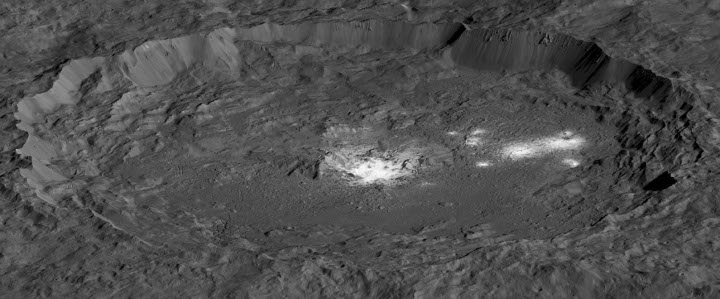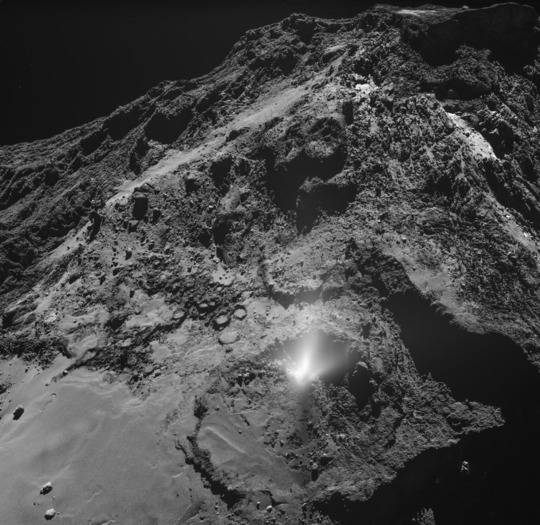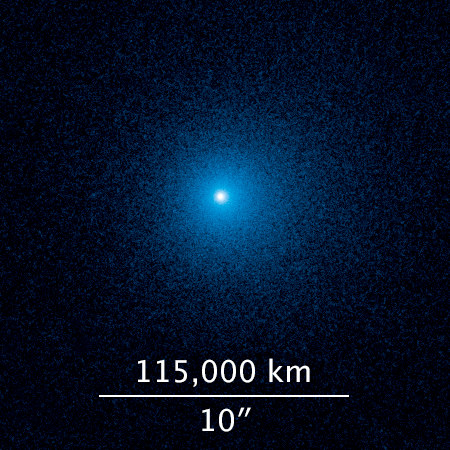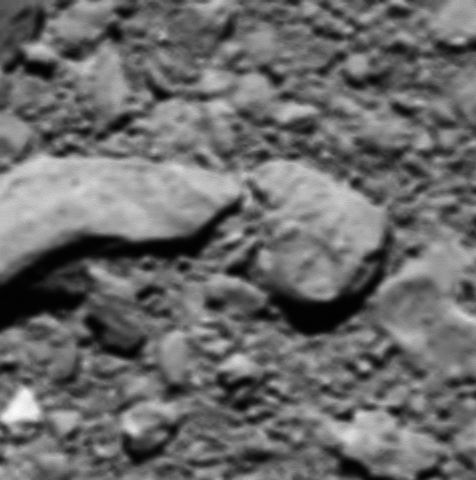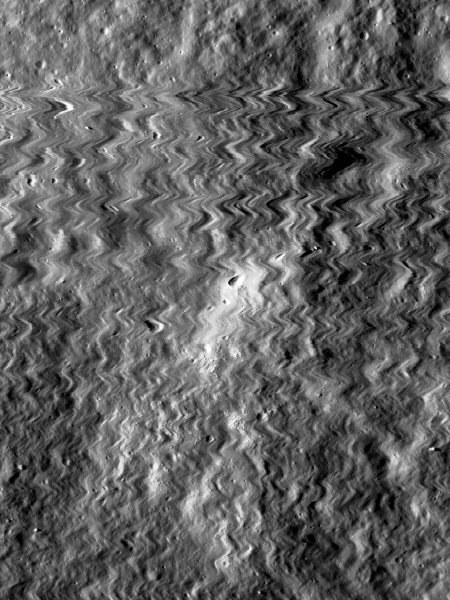Oumuamua has a thick carbon crust built up by its interstellar travel
New results of observations of the interstellar object Oumuamua suggest that it has a thick crust of organic carbon soot that was slowly built up during the millions of years it traveled between the stars.
New observations of the cigar-shaped body found evidence for a deep surface layer that formed when organic ices – such as frozen carbon dioxide, methane and methanol – that make up the object were battered by the intense radiation that exists between the stars.
…The deep outer crust may have formed on the body over millions or even billions of years and gives ‘Oumuamua a dark red colour, according to researchers who investigated the object with the William Herschel Telescope on La Palma in the Canary Islands and the European Southern observatory in Chile’s Atacama desert.
There have been a slew of news stories today about these results, all focusing not on the crust of the object, which tells us nothing really about its interior, but on one quote by one scientist from the press release, who theorized — based on zero data — that the interior of the object could be icy. From this quote I have seen at least a half dozen stories exclaiming that Oumuamua thus could be like a comet, based on no information at all.
All we have learned is that traveling for a long time in interstellar space causes a build up of carbon-rich materials on the surface of an object. What might be hidden under that crust remains entirely unknown. It could be icy, but we don’t know that.
New results of observations of the interstellar object Oumuamua suggest that it has a thick crust of organic carbon soot that was slowly built up during the millions of years it traveled between the stars.
New observations of the cigar-shaped body found evidence for a deep surface layer that formed when organic ices – such as frozen carbon dioxide, methane and methanol – that make up the object were battered by the intense radiation that exists between the stars.
…The deep outer crust may have formed on the body over millions or even billions of years and gives ‘Oumuamua a dark red colour, according to researchers who investigated the object with the William Herschel Telescope on La Palma in the Canary Islands and the European Southern observatory in Chile’s Atacama desert.
There have been a slew of news stories today about these results, all focusing not on the crust of the object, which tells us nothing really about its interior, but on one quote by one scientist from the press release, who theorized — based on zero data — that the interior of the object could be icy. From this quote I have seen at least a half dozen stories exclaiming that Oumuamua thus could be like a comet, based on no information at all.
All we have learned is that traveling for a long time in interstellar space causes a build up of carbon-rich materials on the surface of an object. What might be hidden under that crust remains entirely unknown. It could be icy, but we don’t know that.

